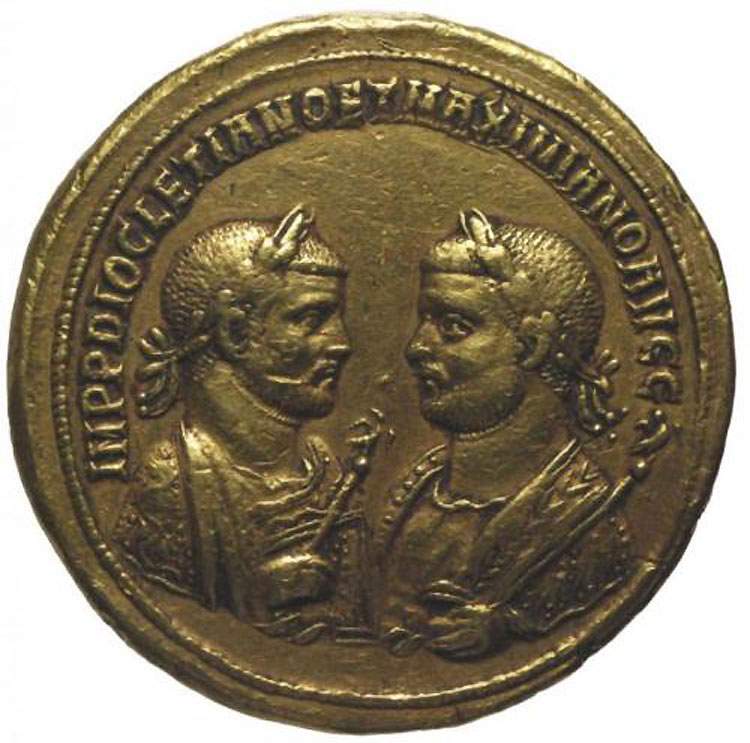The Monetiere of the National Archaeological Museum of Florence rearranged.
Inaugurated on Friday, February 8, 2019, is the refurbishment of the Monetiere at the National Archaeological Museum in Florence, made possible thanks to financial support from the nonprofit Friends of Florence foundation with a donation from Laura and Jack Winchester.
The Monetiere is one of the largest and most important collections of ancient coins visible in Italy, consisting of about 60. 000 coins of gold, silver, bronze, copper and electro, in specimens (just over 2,000 on display) documenting the finest and most important issues of all the Greek cities on the Mediterranean Sea, including those of Magna Graecia and Sicily, as well as of the Etruscan and especially the Roman world, particularly the imperial age. There are also 400 medallions and surrounds (large bronze medals from the 4th and 5th centuries AD), offering an extraordinary repertoire of coinage and iconography from the ancient world.
In a completely renovated layout, more than 2,000 selected specimens illustrating the formation of today’s Monetiere, the oldest core of which was identified in the collection of coins and medals collected by Piero de’ Medici the Gouty (1416-1469), later passed on to his son Lorenzo the Magnificent, who doubled his father’s collection and at his death in 1492 could bequeath as many as 2330 specimens to his children.
The Archaeological Museum’s coin cabinet also holds dozens of ancient, medieval and modern coin hoards found underground in Tuscany, starting in 1763 (Pisa hoard) and ending in 1984 (Castel Volterrano hoard), direct evidence of theuse and circulation of coinage in different eras, as well as hundreds of individual coins found during regular archaeological excavations conducted over time, from Populonia and Vetulonia to Roselle, from Florence to Grosseto, from Siena to Lucca and throughout the territory of ancient Regio VII Etruria.
The scientific project, with the overall coordination of Stefano Casciu, Director of the Polo Museale della Toscana, and Mario Iozzo, Director of the Archaeological Museum, was studied by Fiorenzo Catalli, a numismatic archaeologist formerly in the Archaeological Superintendence of Rome and former Curator of the Monetiere, with the collaboration of a large group of volunteers (Stefano Bani, Stefano Conti, Renato Villoresi, Franco Luzzi, Antonio De Nicola, Nicolò Daviddi, Francesco Paratico).
Stefano Casciu, director of the Polo Museale della Toscana, said, “”A new room has been added to the already rich itinerary of the National Archaeological Museum of Florence. The Monetiere, now beautifully rearranged, recounts through the centuries the passion for numismatics, cultivated since the 15th century by the Medici, and then continued by the Hapsburg-Lorraine, the Savoy and many other collectors until the 20th century. Thanks to Laura and Jack Winchester, Simonetta Brandolini d’Adda and the Friends of Florence, the Archaeological Museum of Florence is enriched with a new fundamental sector, which will allow scholars and the public to learn even more about the ancient world through one of its most significant expressions, coinage."
Image: Medallion of Diocletian and Maximian (286-305 AD; Florence, National Archaeological Museum)
 |
| The Monetiere of the National Archaeological Museum of Florence rearranged. |
Warning: the translation into English of the original Italian article was created using automatic tools. We undertake to review all articles, but we do not guarantee the total absence of inaccuracies in the translation due to the program. You can find the original by clicking on the ITA button. If you find any mistake,please contact us.





























